Search Results for 'Galway Archaeological and Historical Society'
58 results found.
The Irish Boycott
The preservation and the teaching of the Irish language has often provoked a passionate defence, no more so than on the island of Tawin. At the beginning of the last century a fierce row erupted when local people felt that Irish was not being taught in their local school, and took matters into their own hands. Children were kept away from the school, and money was raised to have them taught separately in their own language. It became a cause celibre attracting the support of such nationalist figures as Roger Casement. The story has been well told by Nollaig Mac Congáil in the current issue of the Journal of the Galway Archaeological and Historical Society (Volume 62) which I will come back to next year.
Shantallow House
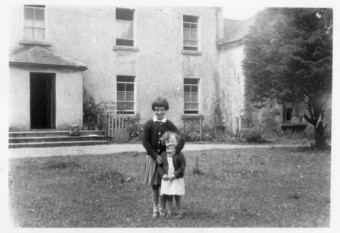
Our photograph today shows two young girls, Marie Scanlon and her sister from Shantalla, standing in front of Shantallow house in the mid 1940s. Prior to the building of the council houses we know as Shantalla, this house was more or less surrounded by green fields. At one time the house was owned by a distinguished engineer named William Blood, who was related to the Maunsell family from across the road in Fort Eyre. Blood’s nephew was George Johnson Stoney who was professor of natural philosophy in Queen’s College, Galway, from 1853 to 1857, and who lived in this house during that time. He was a distinguished amateur scientist who worked for a time as Lord Rosse’s astronomer at his large telescope in Birr. Stoney was the person who coined the name ‘electron’. He later became the secretary to the Queen’s Colleges, so he made a significant contribution.
The mystery of little Eliza Murphy of Island Eddy
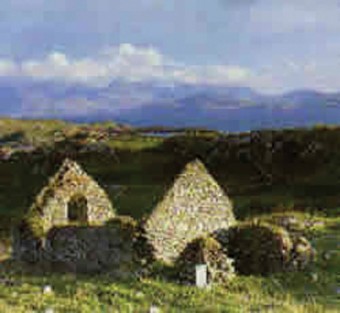
Among the serious articles in the current edition of the Galway Archaeological and Historical Society*, renowned for its hard facts and forensic research, is a surprising story as tender as its subject. It concerns two people, one a child of 17 months, the other a sculptor, who, up to now, have been unknown. Who are they?
College House, a brief history
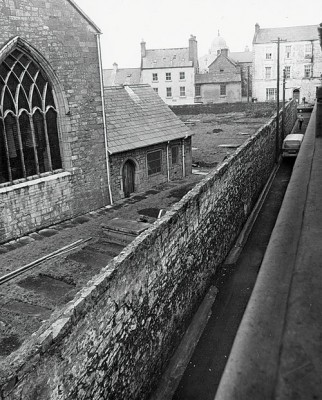
This photograph was originally taken in 1983 as the corporation was preparing to knock down the high wall that ran around St Nicholas’ Collegiate Church and replace it with the railings that had surrounded Eyre Square… one of the better Quincentennial projects that helped improve the face of Galway.
The Corrib Club
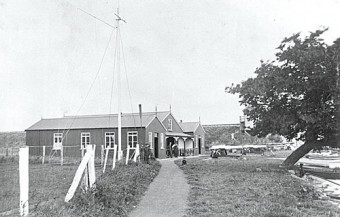
“The Galway Corrib Club held their annual regatta on the splendid river of the Corrib at Menlo. The day was as fine as ‘sunshine and pageantry’ could make it, and the ivy-mantled Castle of Menlo, the residence of Sir Thomas Blake, Bart, was decorated with flags of all nations, and waved gracefully in the breeze. There was not a ripple on the bosom of the lake unless what was created by the oars of the several beautiful little crafts which were constantly scudding up and down the river, freighted with some of Nature’s fairest daughters. There was a band in attendance and during the day discoursed some beautiful music. Great credit is due to the commodore, PT Grealy, Esq, and the members of the club for the satisfactory manner in which the whole arrangements were carried out. After five races between four oared gigs, outriggers and punts, the sports of the day terminated with a duck race, which was most amusing. At seven o’clock, the amusements terminated and the delighted spectators returned home, highly pleased with the day’s sport. Although there were places of refreshment, there was not a man to be seen the worse for liquor, so that the whole affair was a complete success.”
GMIT registrar from Mayo retires
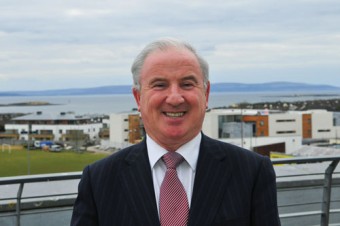
Mayo-native Bernard O’Hara, who is registrar of Galway-Mayo Institute of Technology is to retire from September 1.
Galway university life over the decades
Being a student in 1950s Galway was a very different experience from being there in the 1970s, just as lecturing or working there changed over the decades.
Leading expert on Mediaeval Ireland to address Galway Archaeological and Historical Society
One of the leading experts on Mediaeval Ireland, NUI Galway’s Prof Dáibhí Ó Cróinín, will be speaking at the next meeting of the Galway Archaeological and Historical Society.
Those who sing pray twice
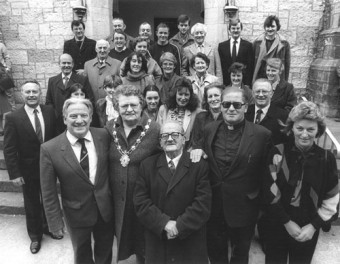
A friend once told me that the quality of choral singing in her local church was such that even the most familiar hymns sounded unfamiliar. For those who frequent the Augustinian church on Sunday mornings, the reverse is true as each Sunday is made special by the wonderful four-part harmonies and beautiful singing of the choir there. A century ago they were referred to in the local press as ‘magnificent’ and even then were singing works by Haydn, Mendelsshon, and Weber.
Galway Rowing Club, one hundred years
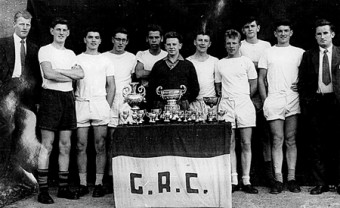
Competitive rowing had been taking place on the Corrib for many years when the Ancient Order of Hibernians decided to form a new club in 1910. They got local contractor Walter Flaherty (who had already built the Corrib Club) to build a wooden clubhouse on the site of the present Galway Rowing Club. It was tarred each year up to 1970 in order to preserve the wood, and so it became known as ‘the Blackening Box’. In that year also there was a dispute in Saint Patrick’s Rowing Club and a number of oarsmen left and joined the new club.

